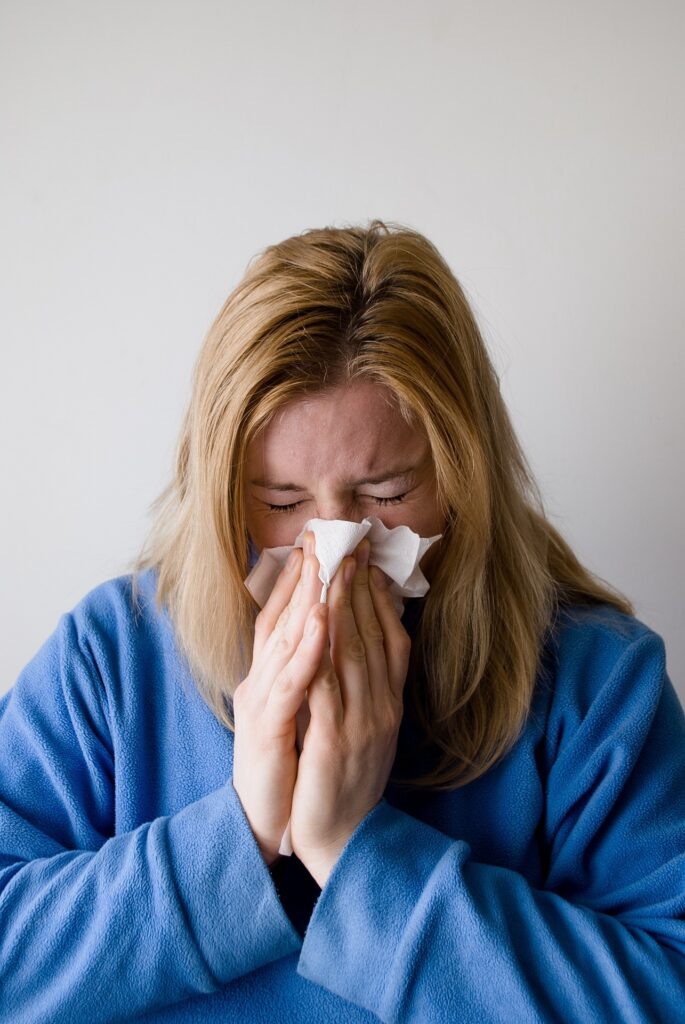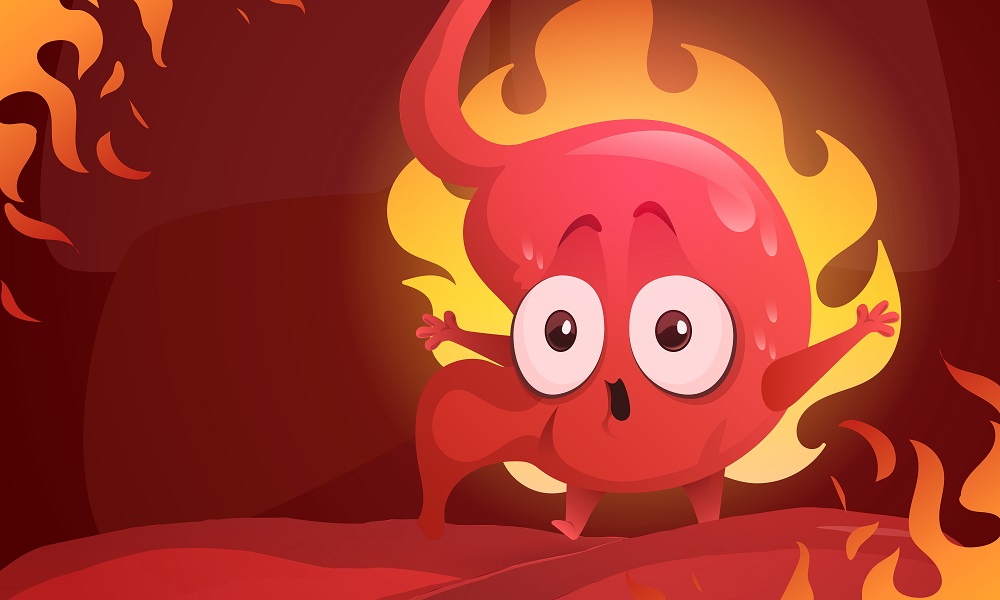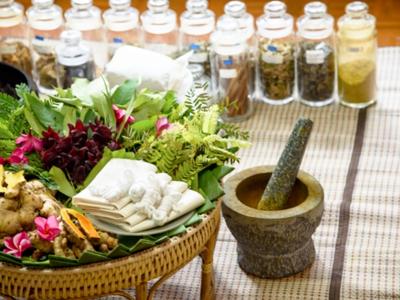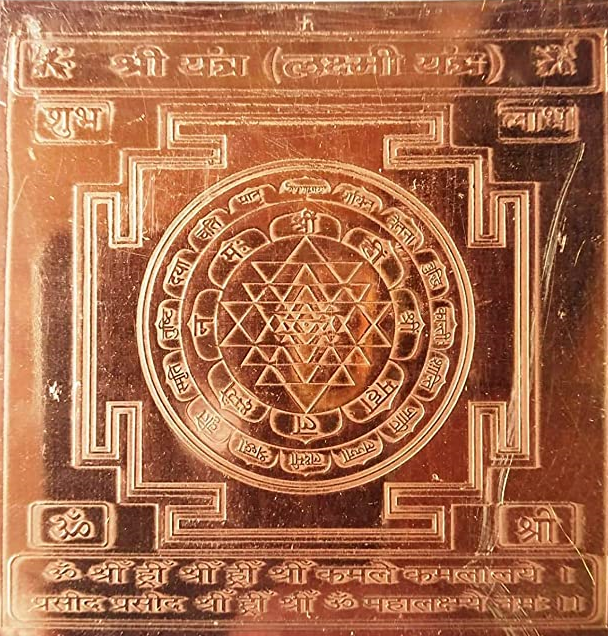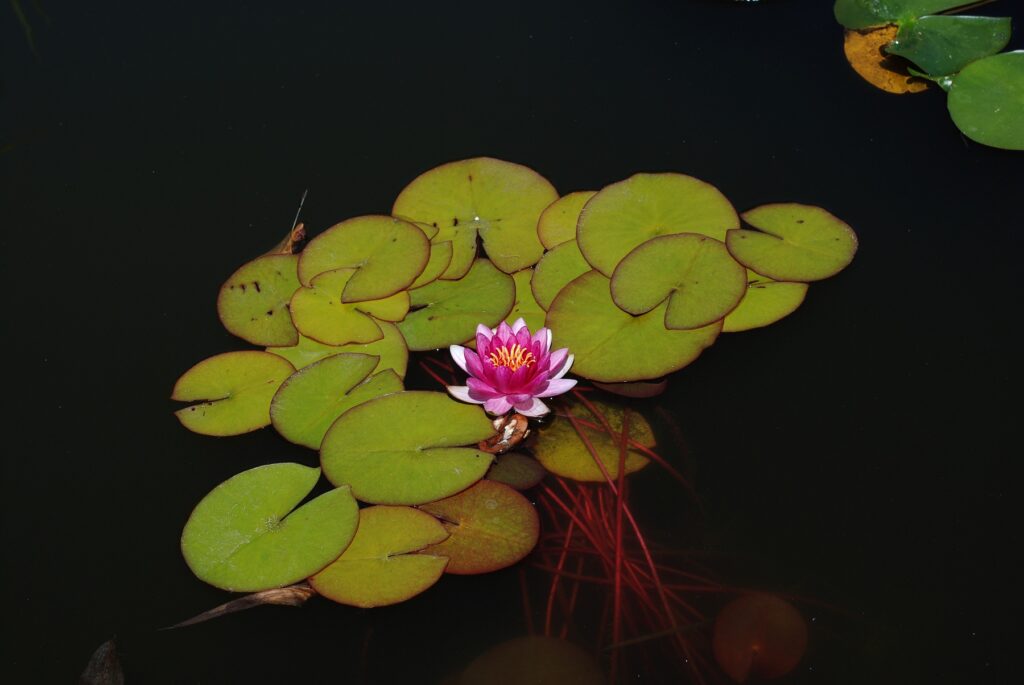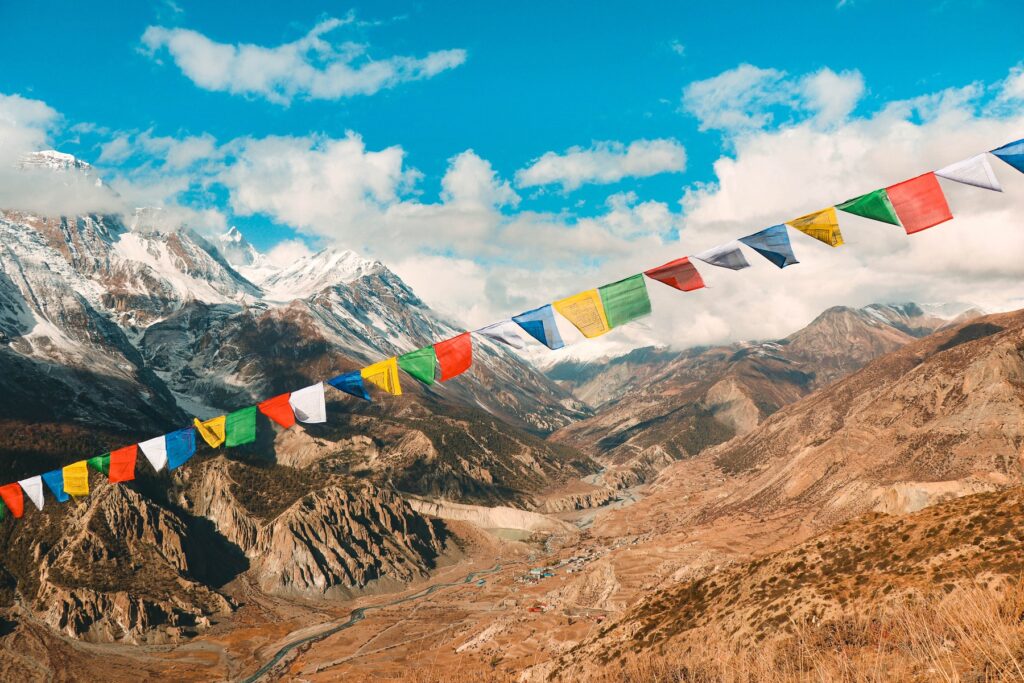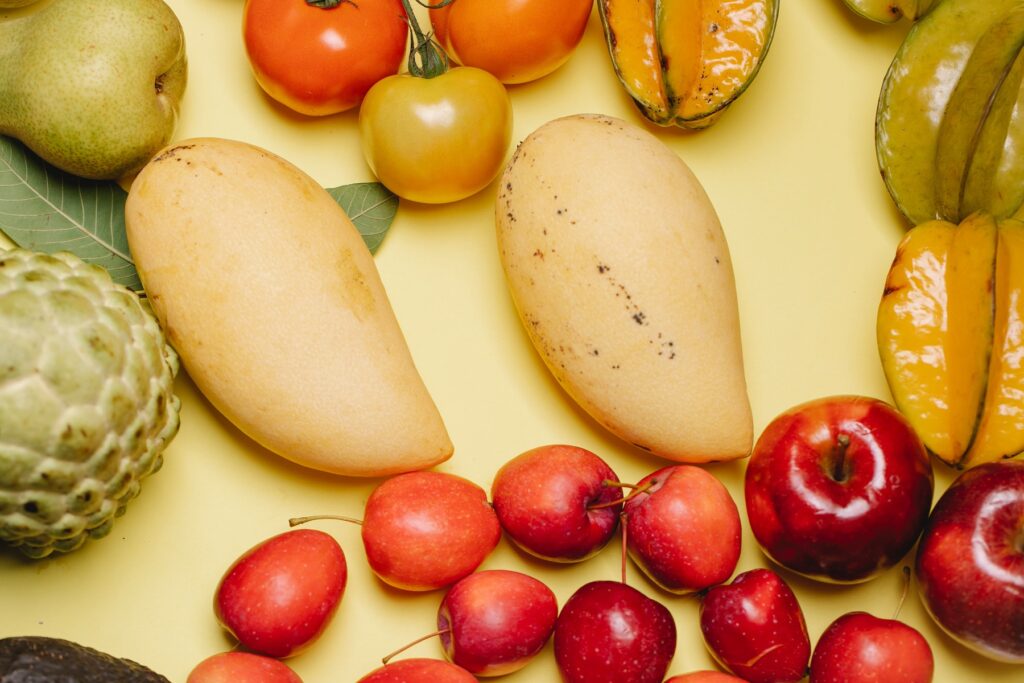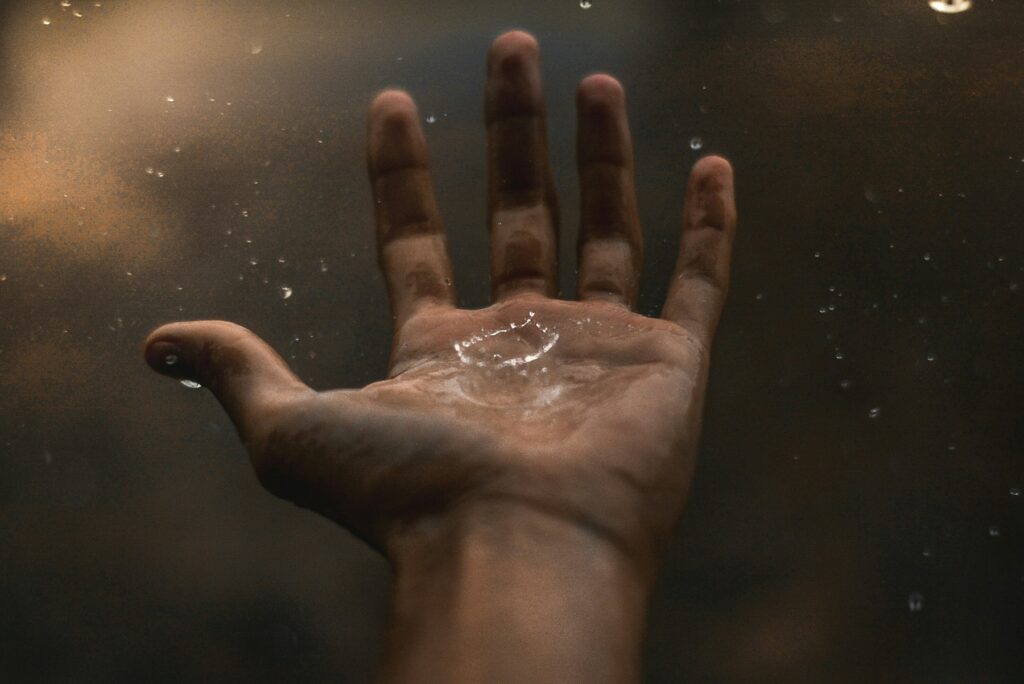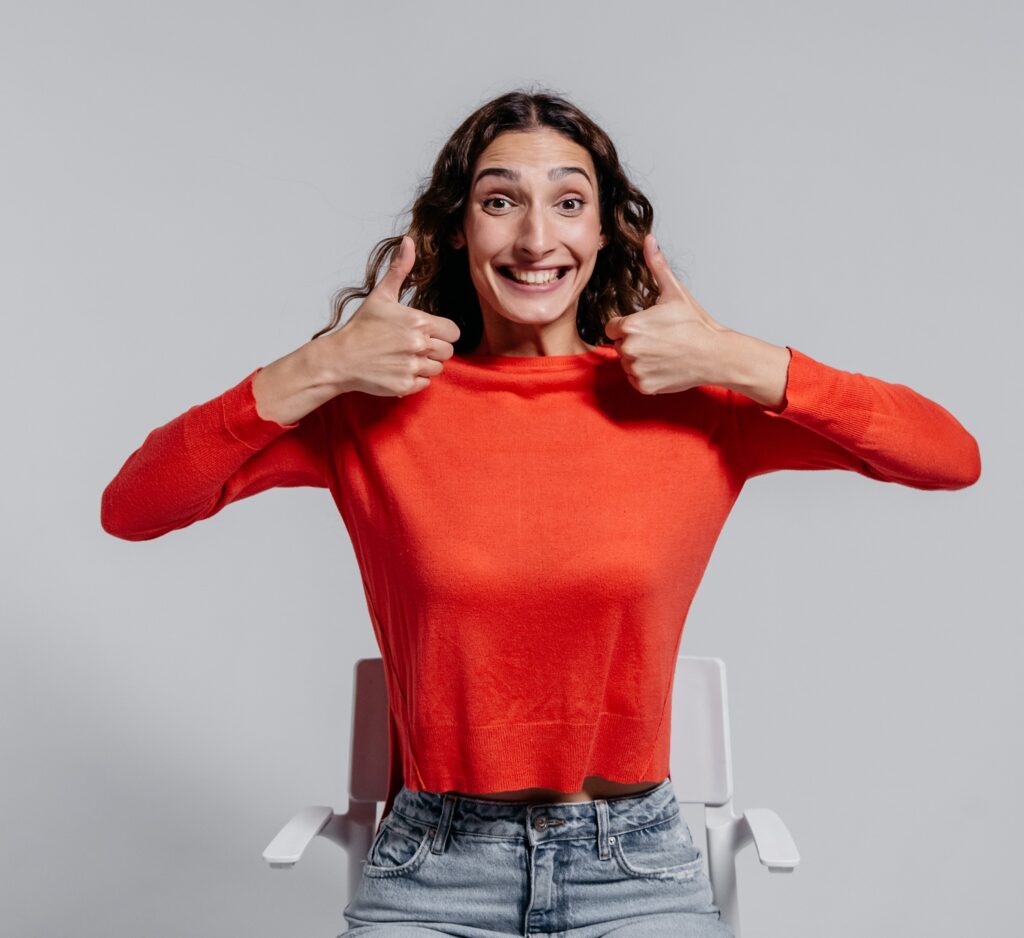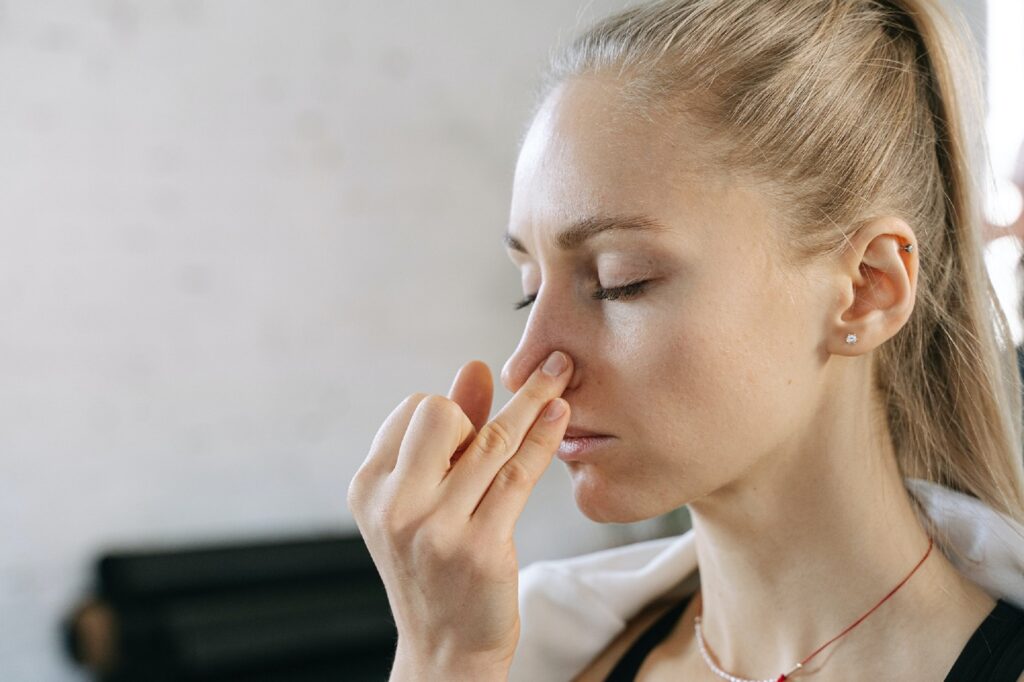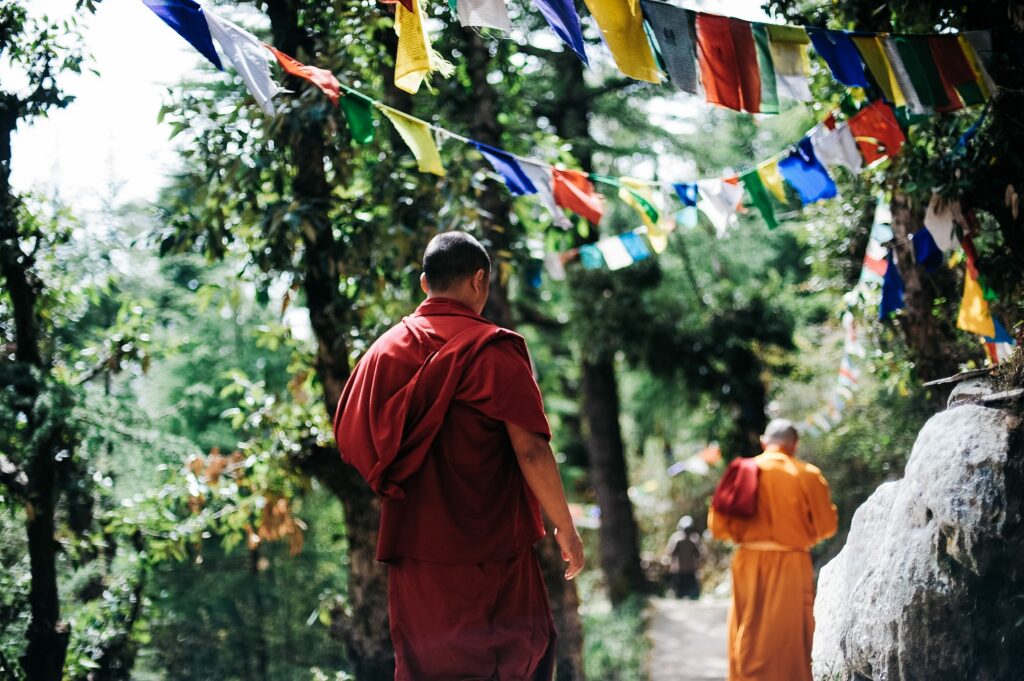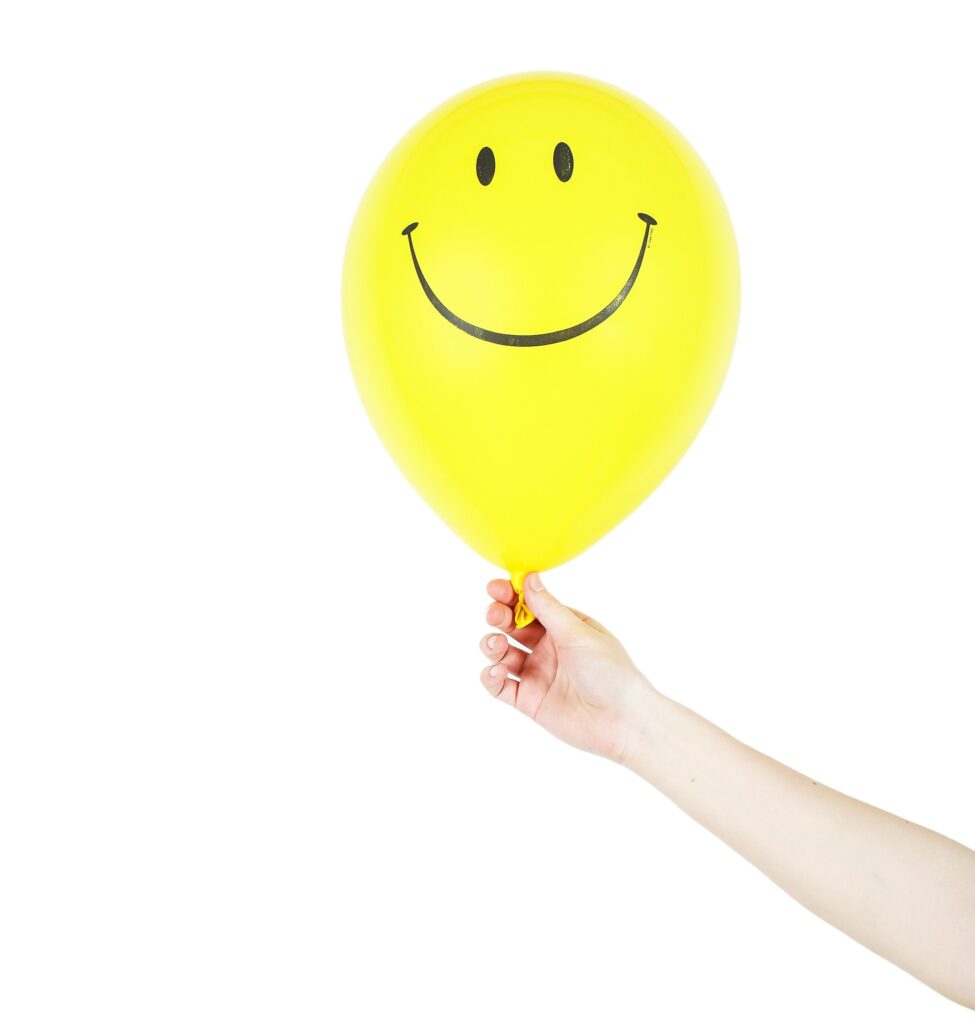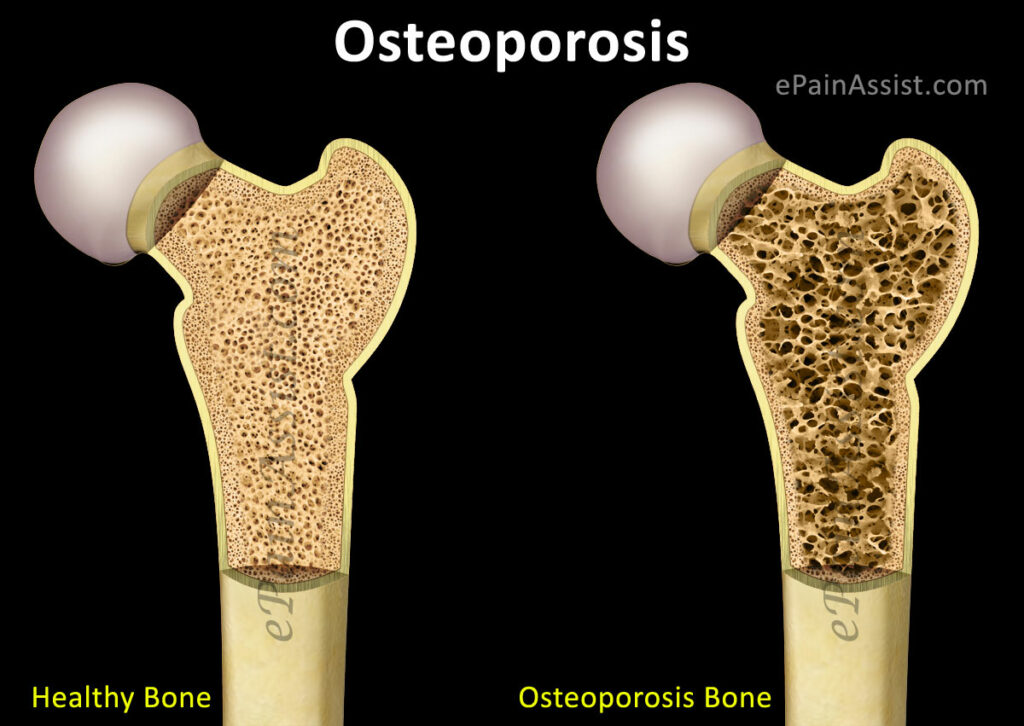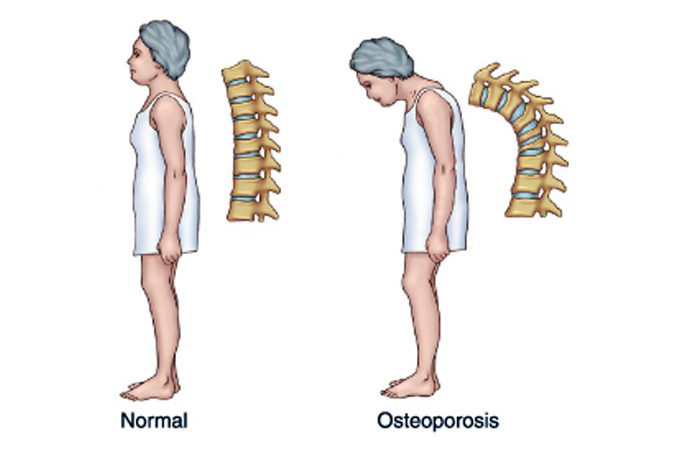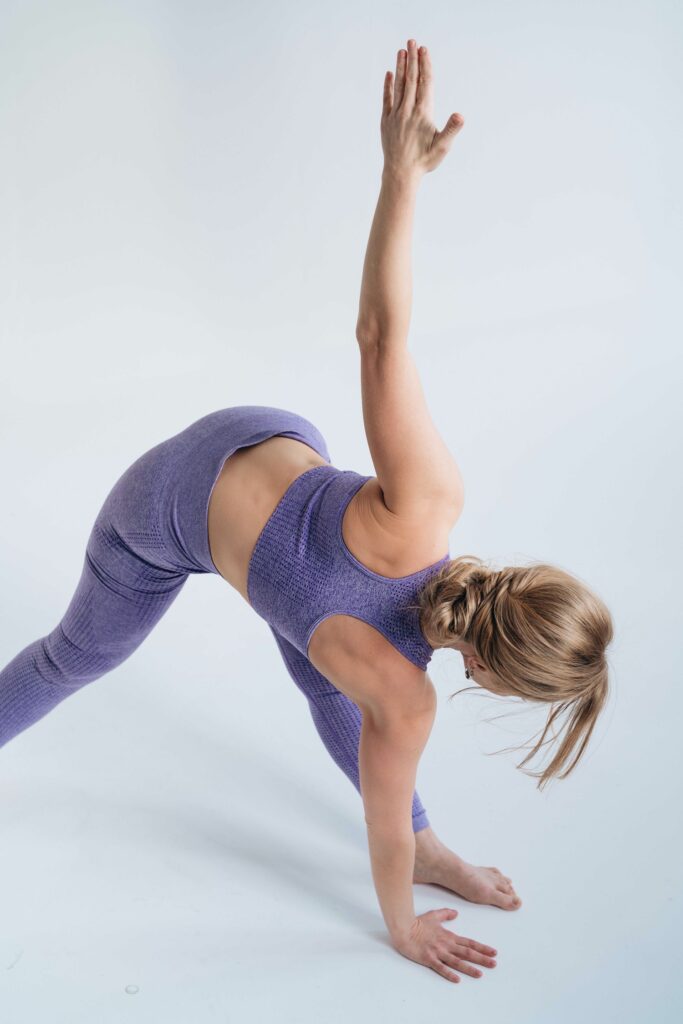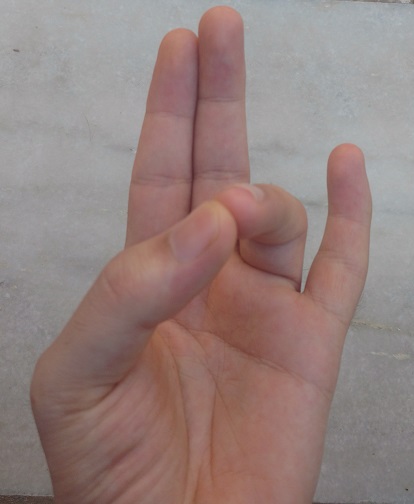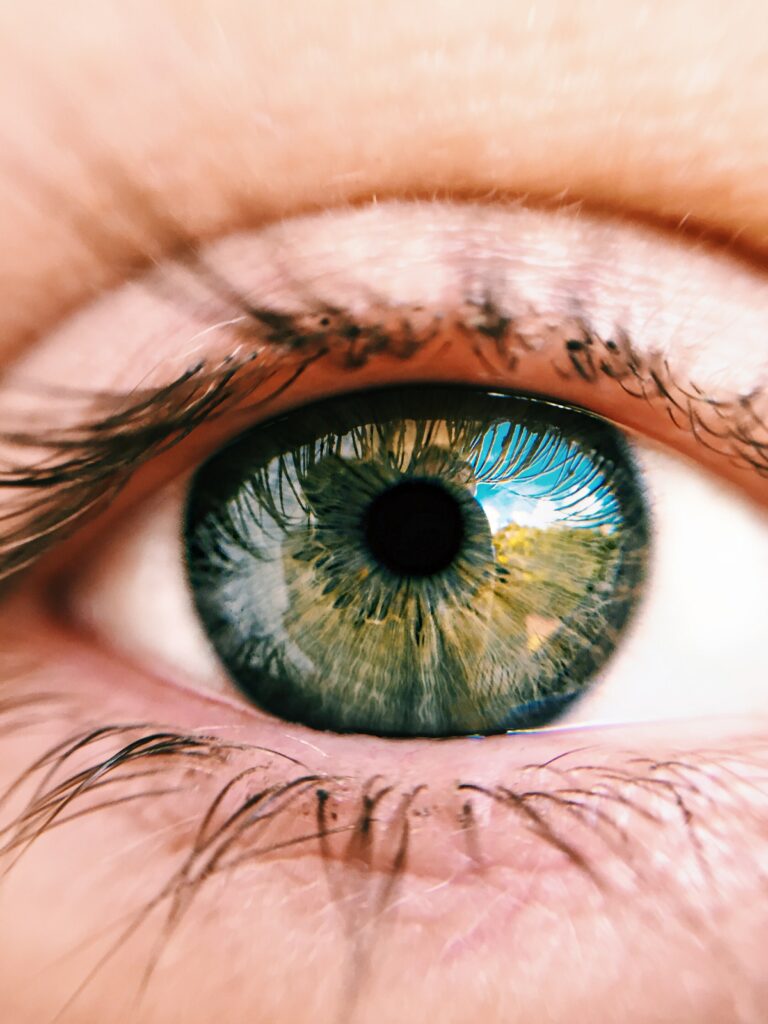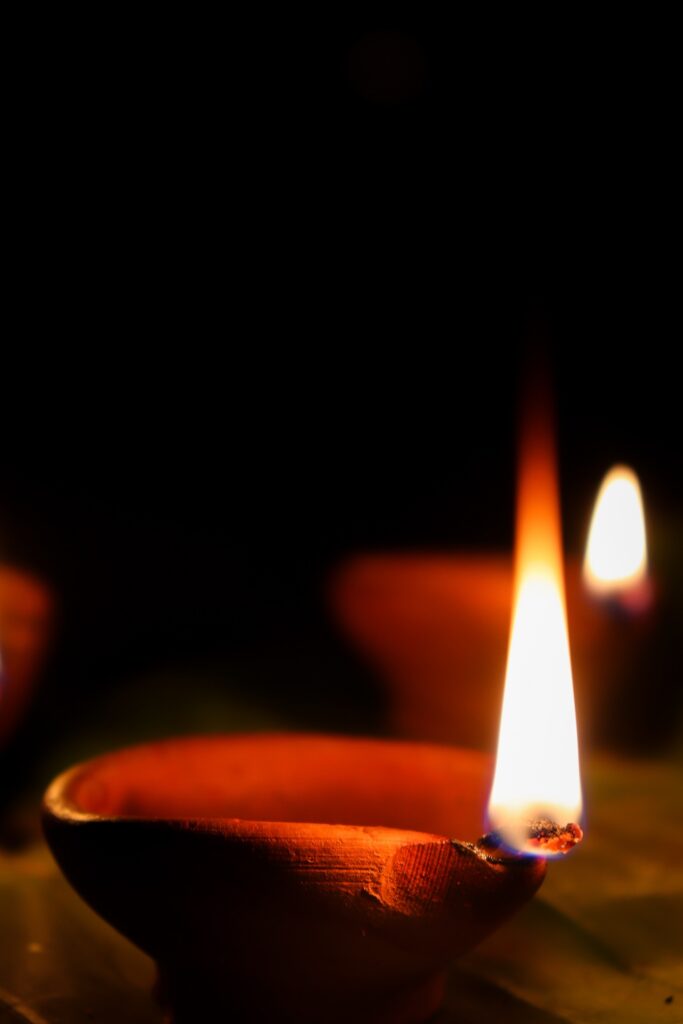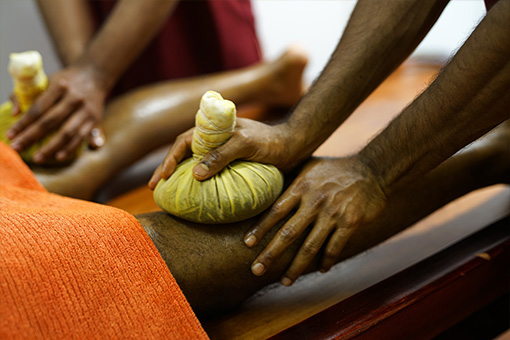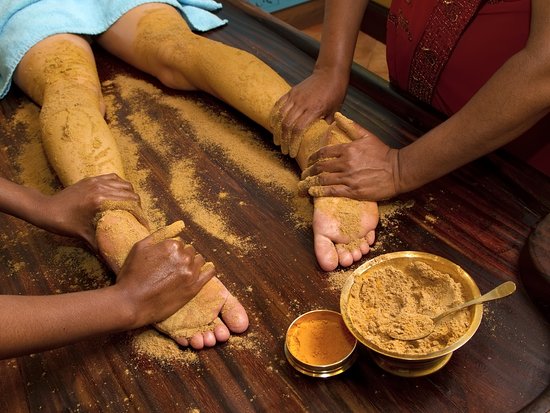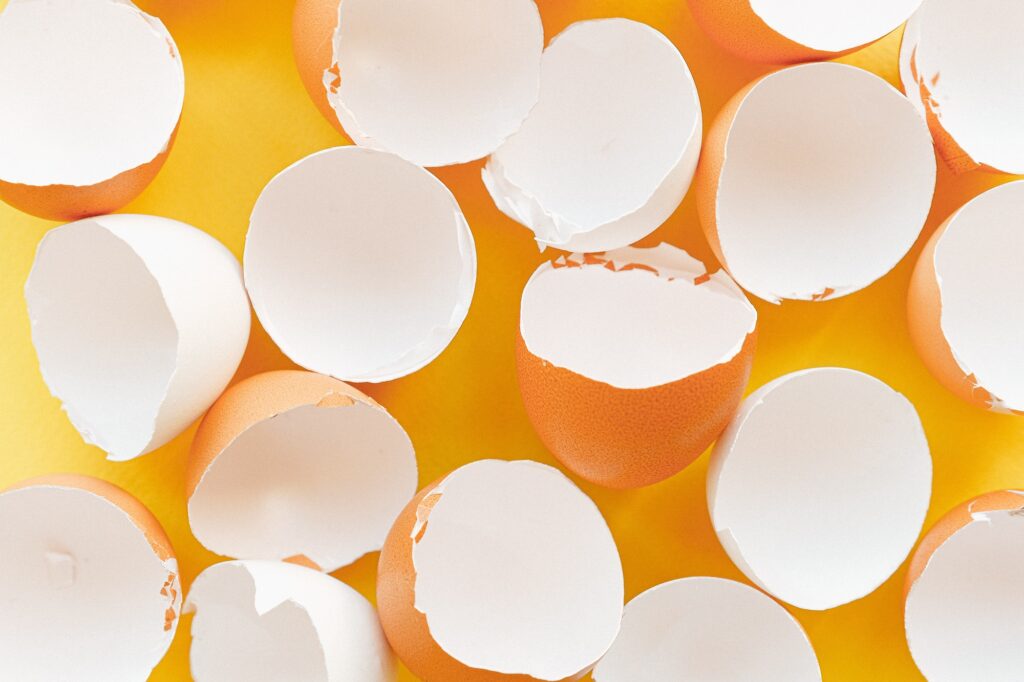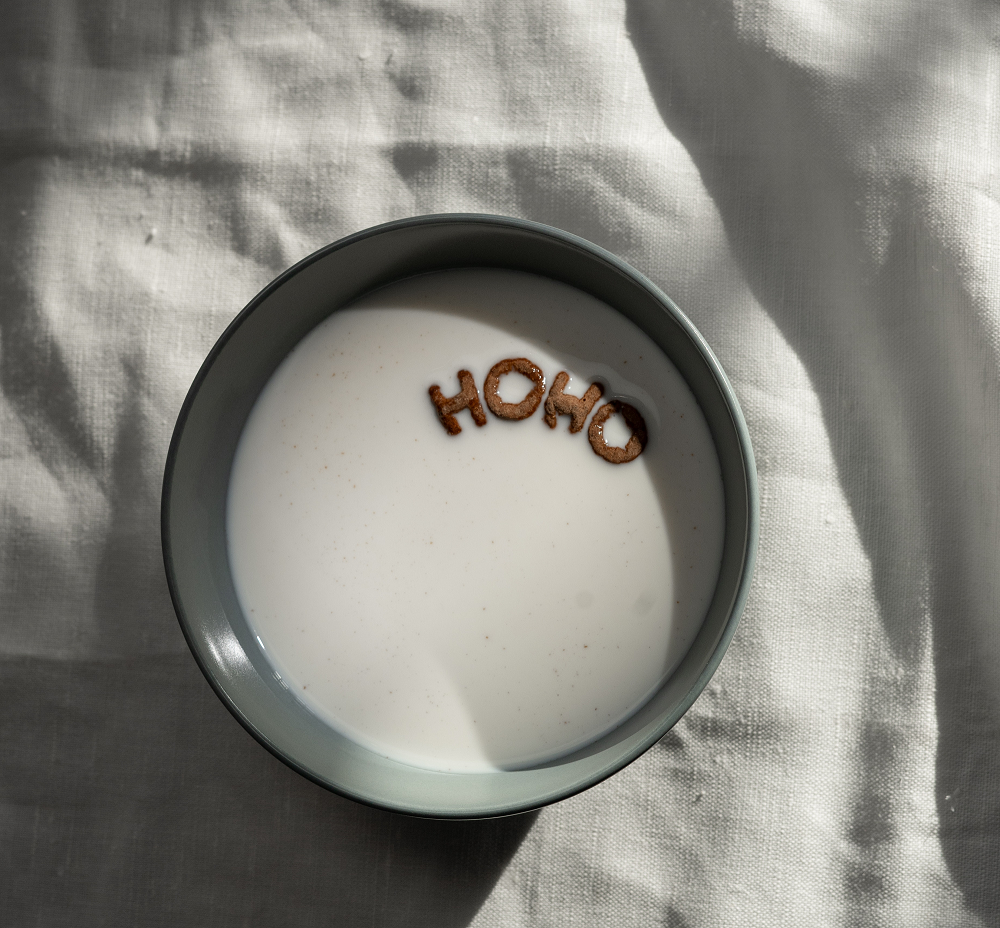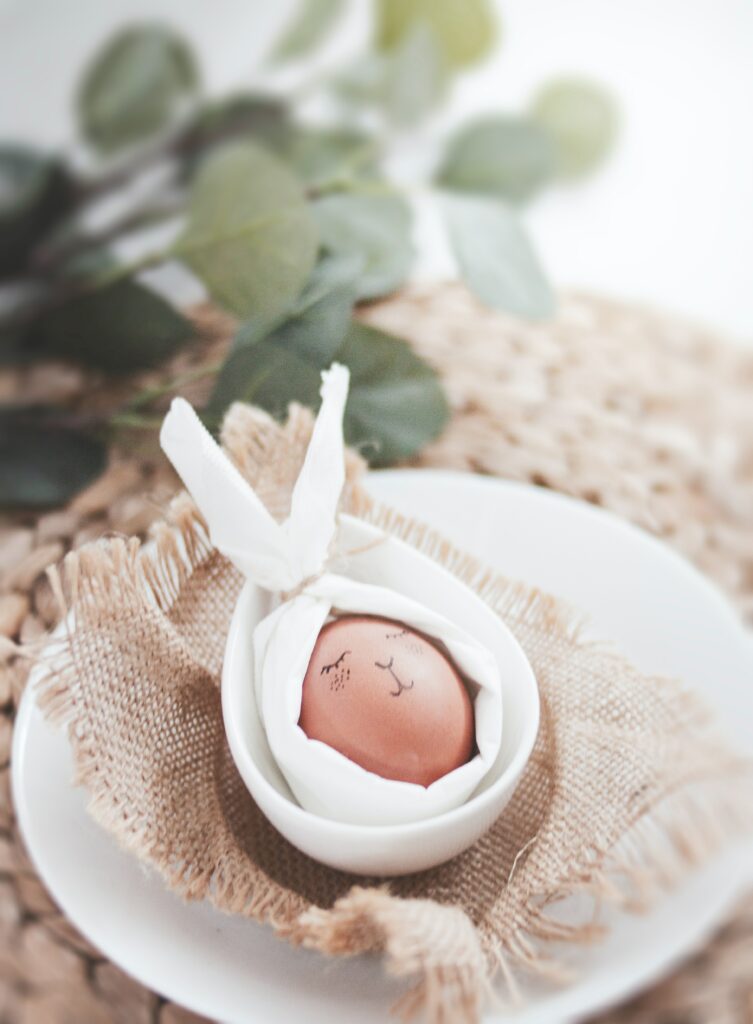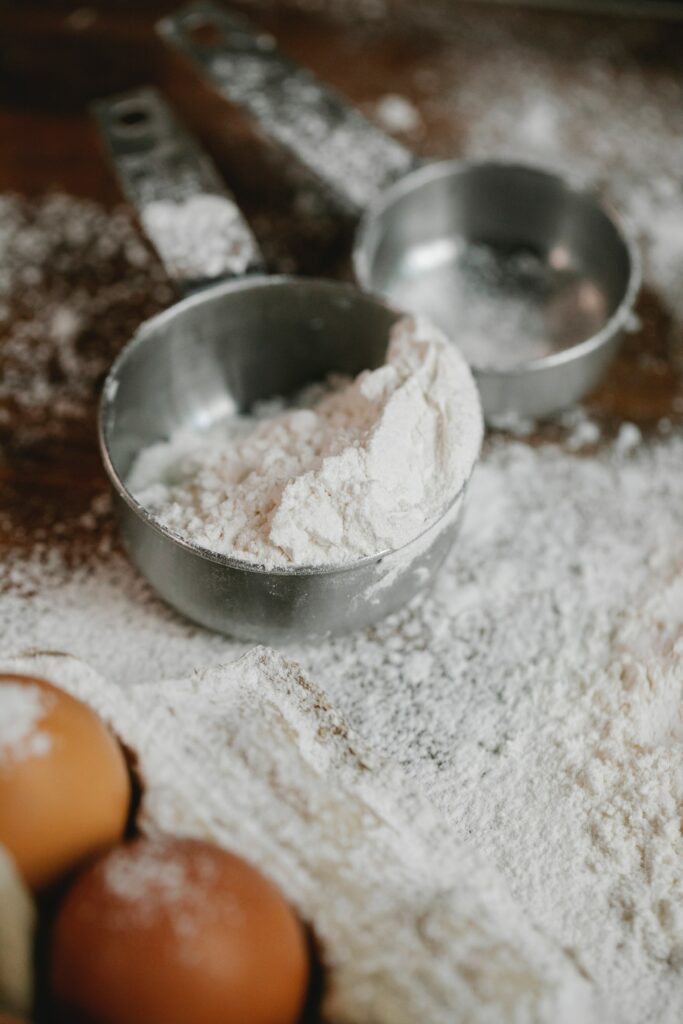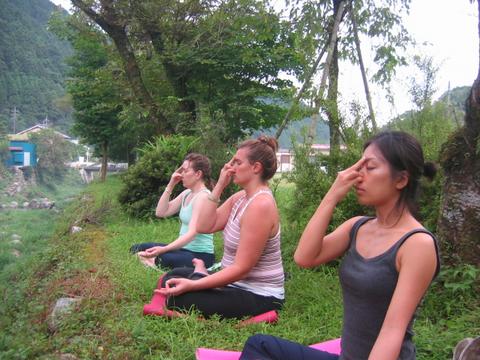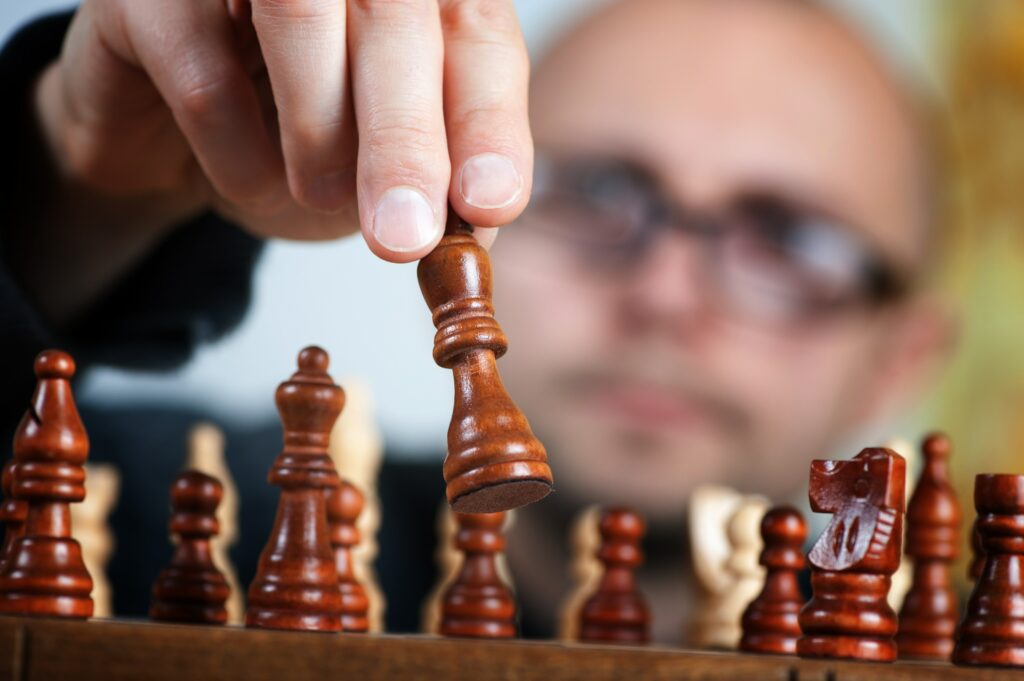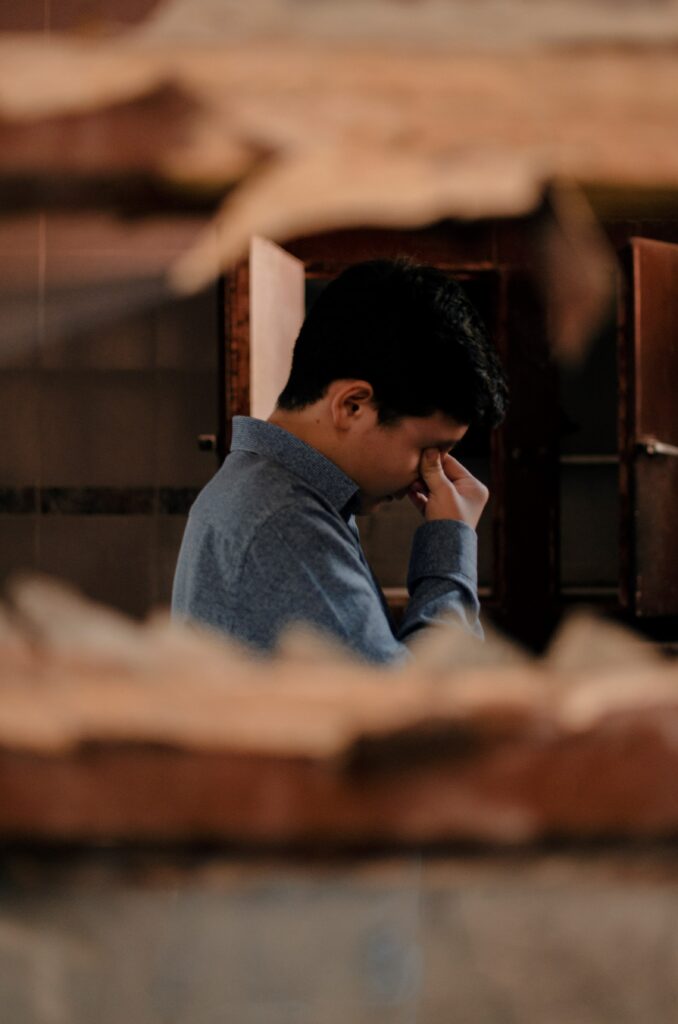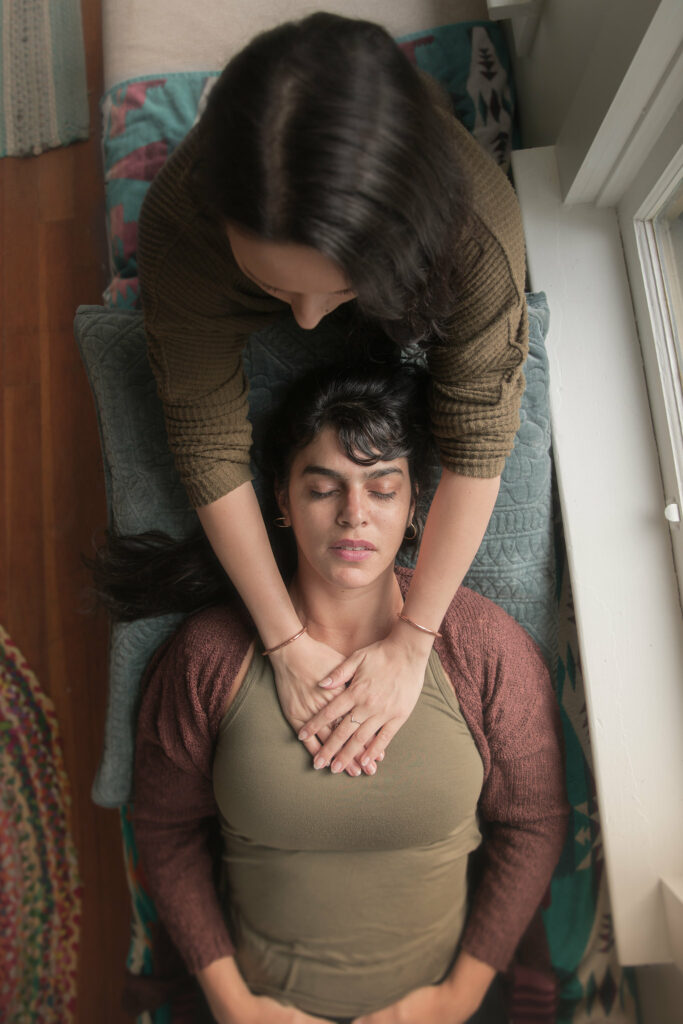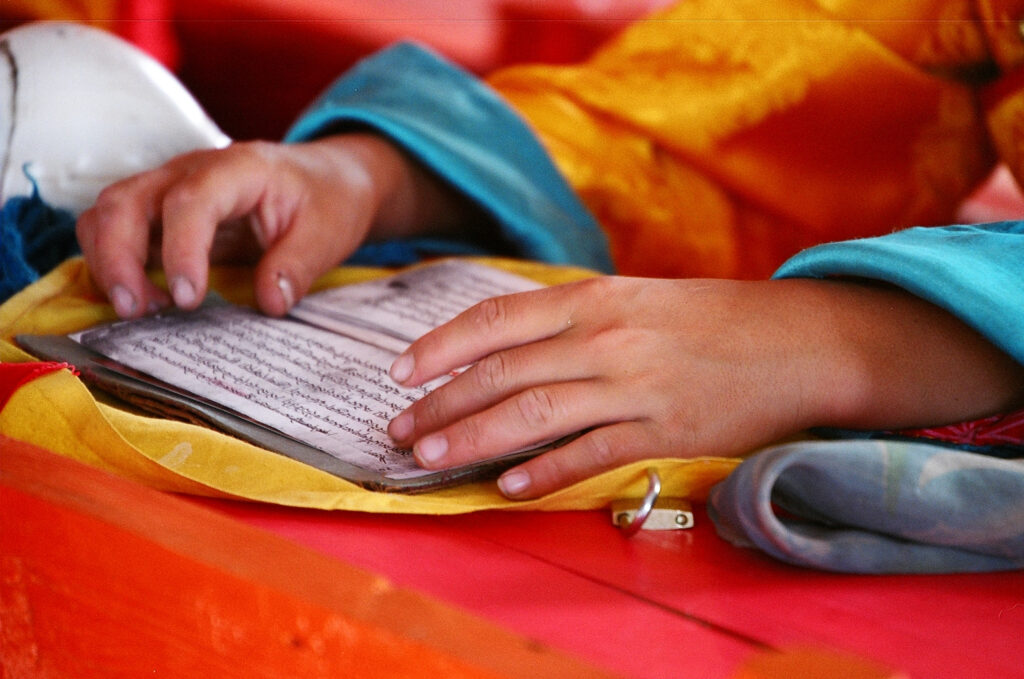

What is mantra Yoga and why is it healing? Behind the practice of mantras hides a science.
Saturated by media coverage and over-information, our brains are in turmoil unable to think without influence and with intelligent judgment.
This pollution, both visual and sound, prevents us from making well-considered decisions, from concentrating on our tasks, from channeling our emotions, from taking a step back to learn the lessons of life and build our path in consciousness.
The tiniest noises are part of our daily life, such as the hum of the fridge, the quivering of halogens, road traffic, electromagnetic waves from laptops and computers… In short, a whole range of pollution with consequences on our body which treats all those vibrations that tire our nervous and immune systems.
However, it is complicated to isolate yourself in the Himalayan mountains or to go to a cave…
So how do you repair and evolve?
How to master your mind and body and to initiate your mind growth?
How to relax your mind?
It is the subject of this article that will give you a powerful key for healing and self-realization.
First let me introduce the subject step by step.
The science of mantras is a very technical subject offered by ancestral wisdom and more precisely the veda. The vedas form in a way the Sanatana dharma. But this one goes way beyond that. These oldest Hindu texts allow the human mind to grasp the teaching of the rishis, those Indian sages who have received the Truth.
The Sanatana Dharma tells us about the natural order that has always existed. The principles of the cycles, of the 5 elements of Nature, the law of cause and effect, the meaning of existence, the secrets of energy transmission, perceptions, behavioral tendencies, the interdependencies between planets and stars, the techniques of communication with the immaterial world, all this brings together the teachings of Sanatana Dharma.
Why do we make sounds?
One of the functions of sound emissions in humans is self-healing.
The harmonized sounds coming from our body vibrate all our cells, fluids and spaces, creating an internal massage that is extremely conducive to well-being.
Have you ever experienced singing? Why are singing lessons packed?
Do you know that for millennia voice work has been used as a healing and harmonizing method against physical and mental imbalances.
Our body has the ability to emit purifying, calming sounds to cleanse the negative.
In India, the practice of mantras finds its origin in the research carried out by the rishis, ancient sages, who studied the principles of action of sounds on our different physical, energetic and mental bodies.
What allowed Sanskrit to be born and to become this magic? Even those who hear it for the first time confirm it. These sounds jostle us, confront us and charm us.
Chanting mantras is a deep and healing process
Mantras for health
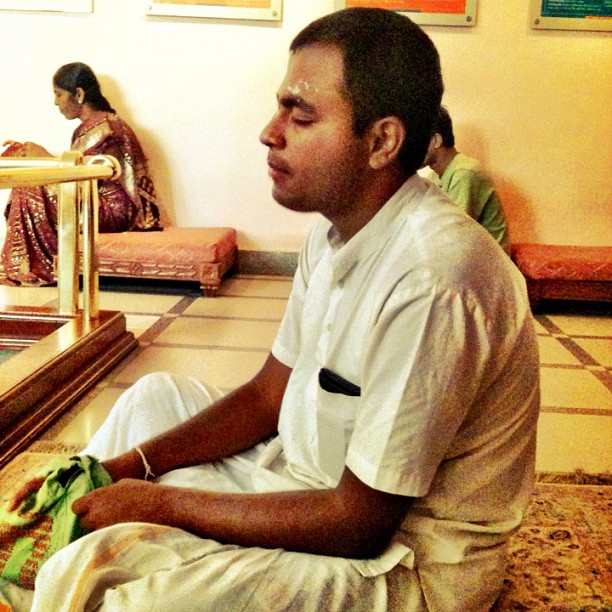

Chanting mantras is therapy. The sound sequences pronounced in Sanskrit, according to specific codes, awaken cosmic energies attuning us to the forces of nature and harmonizing us.
They harmonize us personally but also those around us, so it is a way to avoid violence and societal aggressiveness.
Today we see the birth of the name mantra therapy because mantras relax your mind, energize stagnant energy and release tension.
Mantras are effective in the management of digestive disorders, fertility, insomnia, migraines, depression and hormonal imbalances...
You just have to believe in it, practice and understand this quantum functioning.
Many in the West have taken to listening to mantras in their cars, while shopping, at home…why…because they soothe and balance the mind.
Behind the practice of mantras hides a science.
Today in the West, we popularize, but behind this popularization there is a loss of purity and rigor in mantric practices.
Mantras are practiced without understanding the Sanskrit language which inevitably leads to the loss of their magic and energy laws.
Mantras are specific phonetic codes. The more we respect these codes, the more we ensure their effectiveness.
A mantra is a code in Sanskrit, not an autosuggestion in our native language…otherwise it is called an autosuggestion and not a mantra.
The growth of the mind
When we learn something new, a language, a mantra, etc., our nervous system builds new neural connections, so when we learn a mantra, for example, new connections are built and we increase our potential for perception and understanding. sound emissions.
Then the recitation of a mantra involves the use of muscles of the vocal and ventral apparatus that we do not use when we speak.
Growth of the nervous system
During a mantra session, the nervous system both strengthens by creating new neural connections and relaxes because we are not in multitasking mode. This is called neuroplasticity.


The more complex a mantra seems to us, the more the nervous system concentrates, and this concentration is essential for meditation.
This mantric complexity increases our sound, intellectual performance and adaptability to stress.
At the end of a session, after having unraveled this mantra, we leave enlightened, the problems seem ridiculous to us, just like after a yoga session where our body is freed from muscular tension.
When we have crossed the barrier of Sanskrit, this language settles in our heart, settles in the memory. The more we practice, the more we develop this appetite.
By regularly chanting the Sanskrit alphabet with concentration and correct pronunciation, we have the potential to awaken Kundalini shakti, that cosmic energy that resides within each of us.
The mantras and texts captured by the rishis are based on the principle of energy activation. This practice is not only intellectual. Each of the mantras has a vibrational signature felt by the reciter in his physical and energetic body. These are vibratory sequences energizing our energy centers through the experience of truth.
The practice of mantras cannot be categorized as a method of chanting or as the formulation of a prayer or intentions. This practice connects all at once, all these approaches, transcends the mind.
Mananat trayate
Means by the Manan (constant thinking or recollection) of which one is released from the round of births and deaths is Mantra
Healing mantra : Karma and Rectification
Practicing mantras is an effective tool for the rectification of our Karma. The vibrational sequences allow us to cleanse our actions, bonds and unnecessary internal patterns imprinted from many lifetimes.
When we practice mantras correctly we restructure the vasanas, which are latent impressions already present in the mind, and the samskaras, which are impressions that are already functioning. For example, we say, “This is his samskara, this is his nature. All the impressions have formed part of his character.
With the help of the sacred vibrations, we can rise above the limitations we have received or developed since childhood to see our deepest potential and talents.
The goals in my life
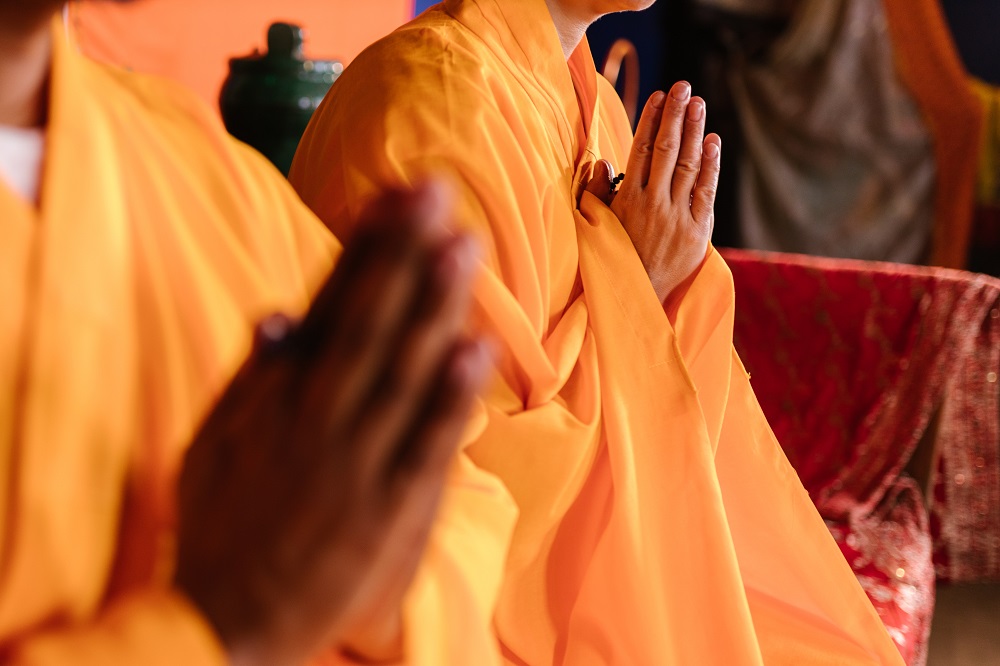

We can practice specific mantras to advance towards all goals.
Purusartha is the Vedic concept in which 4 goals condition our actions from our birth until our death.
- Dharma: vocation, just order for harmony
- Artha: the pursuit of wealth or material advantage
- Kama: well-being and pleasure necessary for development in accordance with the dharma
- Moksha: Liberation from the material world, sleep, detachment, Union
How to practice?
By what is called japa.
Japa or repetition is an essential practice. It calms the inner cacophony due to the outside world, the monkey spirit, and the repetition of the mantra is invaluable for this effect.
This repetition leads to concentration or dharana and takes us on the path of meditation, dhyana.
This technique has been used for millennia.
Understand that when you pronounce a word like apple for example either silently or out loud, the object instantly appears in front of you and the mind focuses on it. And japa uses this particularity of the mind to focus on divine energies and forms. It removes the thoughts that hold us back to the material world and worldly pleasures.
One can use the mantra diksha which is a personal mantra given by an enlightened master, or an upaya mantra (remedial mantra). It is most often mantras between 2 and 9 syllables that are used for japa.
The 4 types of japa.
The recitation of a mantra can be practiced at different levels:
- Recitation out loud (vacika japa)
- Whisper recitation (upamsu japa)
- Mental recitation (manasika japa)
- Spontaneous recitation (ajapa japa)
Sitting japa is practiced beginning with audible recitation to reach a meditative state in which thoughts are put away. For a sadhaka (practitioner) it will be easier to achieve mental or even spontaneous recitation.
Japa Mala
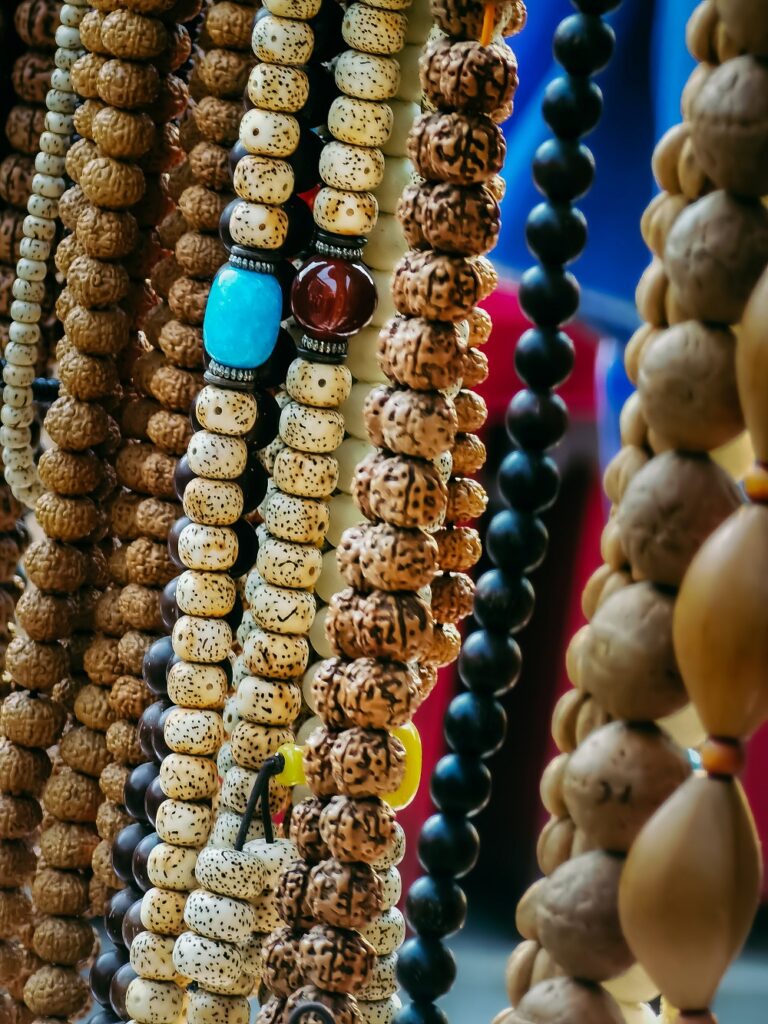

It allows to increase the concentration since it is realized on a japa mala or yogic rosary.
Mala is made up of pearls, each separated by a knot. It is held in the hand and after each recitation we advance one bead.
It is important to hold it close to the heart, where the energy of Anahata chakra is located and which is related to the sense of touch. The use of the fingers calms and focuses precisely this center of touch.
A japa mala is usually made up of 108 beads. There are also malas with 27 or 54 beads.
The materials used are diverse and vary according to the energy sought.
Most are in rudraksha seeds which represent Shiva and bring purification. Others are made of tulsi wood, representing, krishna and devi, love, devotion and compassion.
For those in sandalwood, they stimulate the development of noble qualities and strengthen the practice.
Some can also be composed of minerals according to our needs.
How to use Japa mala
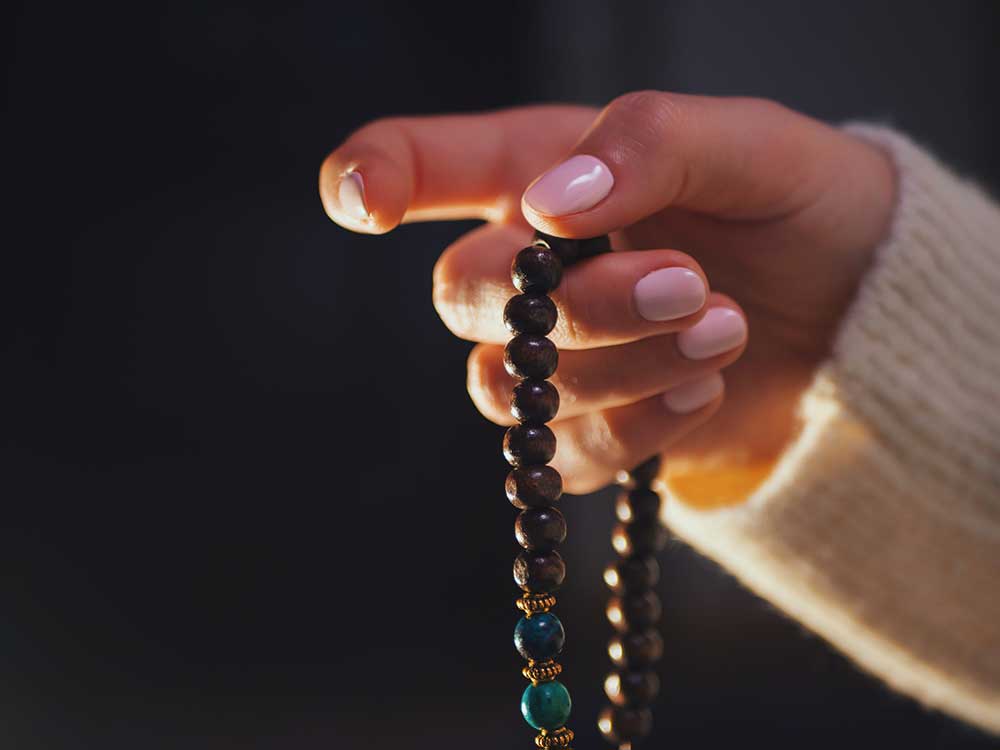

Hold the mala with the right hand at heart level because the right side of the body represents the energy of the sun, of the gift, of the offering, of the light towards which the practice leads
Hold your hand in your upper body. because the vibration of the lower part of the body (after the waist) is lower.
Do not put your hand on your thigh or touch your feet.
The recitation is performed with the middle finger, the index finger being left aside because it represents the ego and an aggressive energy comes out of this finger. The advancement is therefore done by pushing on the middle finger.
A mala used for japa must then be stored in a natural bag. It carries the sacred vibrations and should not be exposed to the world by wearing it around the neck or on the wrist.
Don’t put your japa mala down. It has unfortunately become a habit of practitioners during yoga classes. But that defiles or discharges it.
A mala is the abode of shakti, so it must be taken care of.
Before its first use, wash the mala with water, if possible, water from Ganga or one of the sacred rivers, or have it blessed by a master.
Keep it in a pocket made of silk or natural material
Expose it to moonlight on full moon nights
Put it in contact with minerals such as rose quartz, labradorite, amethyst to purify and recharge it.
It can also be taken into the wild and suspended for a while on an oak or other large and strong tree.
You have to feed your japa mala, with love because the day when you will not have the enthusiasm for the practice it is he who will transmit it to you.
What mantra to start with?
Practice AUM
This japa is the simplest and most deeply absorbing practice. Use a japa mala to stay focused.
This mantra is short and allow easily stay focused. Help you mala 108 beads for that.
We can recite quickly or over the length of the exhale, mentally or aloud.
Bring out the Aum from the depths of your being and not only vocally. Stay concentrate on the vibration of the whole body in a still posture. vibrationis born in the belly (manipura chakra region) and raise it to the top of the head for each pronunciation.
It would also be necessary to address the emission measurements between the A, the U and the M, but this requires teaching. For meditative practices, we can sing the AUM disregarding the ratios and being absorbed in the sound mindlessly and counting the measures.
We can sing the mantras:
- 3 times (for those with 3 or 4 lines)
- 21 times
- 27 times (a quarter turn of 108)
- 54 times (half the turn of 108)
- 108 times
- several times 108
One should not determine the recitation time by one’s desire. It is best to use a japa mala (a Vedic rosary).
What is important in the practice of mantras is regularity! Because the very principle of the mantra is repetition which calms the mind. It is therefore better to choose one or two mantras (at least for a certain period (1, 2, 6 months) and sing it every day at the same time of day.
So you might notice how the practice intensifies and goes deep.
If we sing a different mantra everyday is once again our mind having fun and looking for a new experience. This mental state prevents you from concentrating and taking the road to the Self. We can also, to better concentrate, sing the mantras to the planets that correspond to the days of the week, provided that we repeat the same thing every week.
Conclusion
A question may also arise:
How to choose a mantra if I do not feel Hindu or Buddhist and I have no particular affection for the deities?
The recitation of mantras is a science and is based on this fact more than on beliefs.
The science of mantras is the use of energy laws.
Deities can be compromised by a Westerner like mythological characters. But these characters only represent forms understandable by the human mind and are universal principles, that is to say archetypes.
The divinities are not idols to be venerated but supports of concentration on qualities whose energies we wish to activate. The names of the deities or the names of their attributes generate precise vibrations with a correct pronunciation and activate these energies in us.
About example, when we pronounce Ganapati, the letter ga is guttural and works on the activation of the glottis and the fundamental obstacles of the emission of sound by the vocal apparatus. It is for this reason that the god to the elephant head is invoked to overcome obstacles.
The symbolism of these archetypes must be studied to deeply understand their meanings and impacts.
With the diversity of qualities that stand behind the representations, there are parallel mantras of peace, abstract called vedantic.
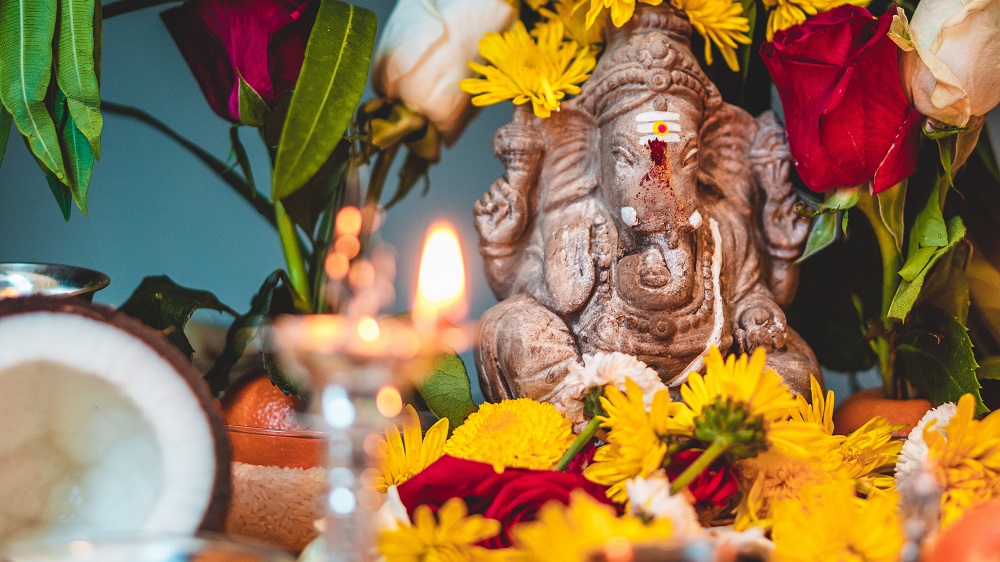

References
Effectiveness of Mantra-Based Meditation on Mental Health: A Systematic Review and Meta-Analysis
Repetitive speech elicits widespread deactivation in the human cortex: the “Mantra” effect?
Meditation on OM: Relevance from ancient texts and contemporary science
Neurohemodynamic correlates of ‘OM’ chanting: A pilot functional magnetic resonance imaging study


